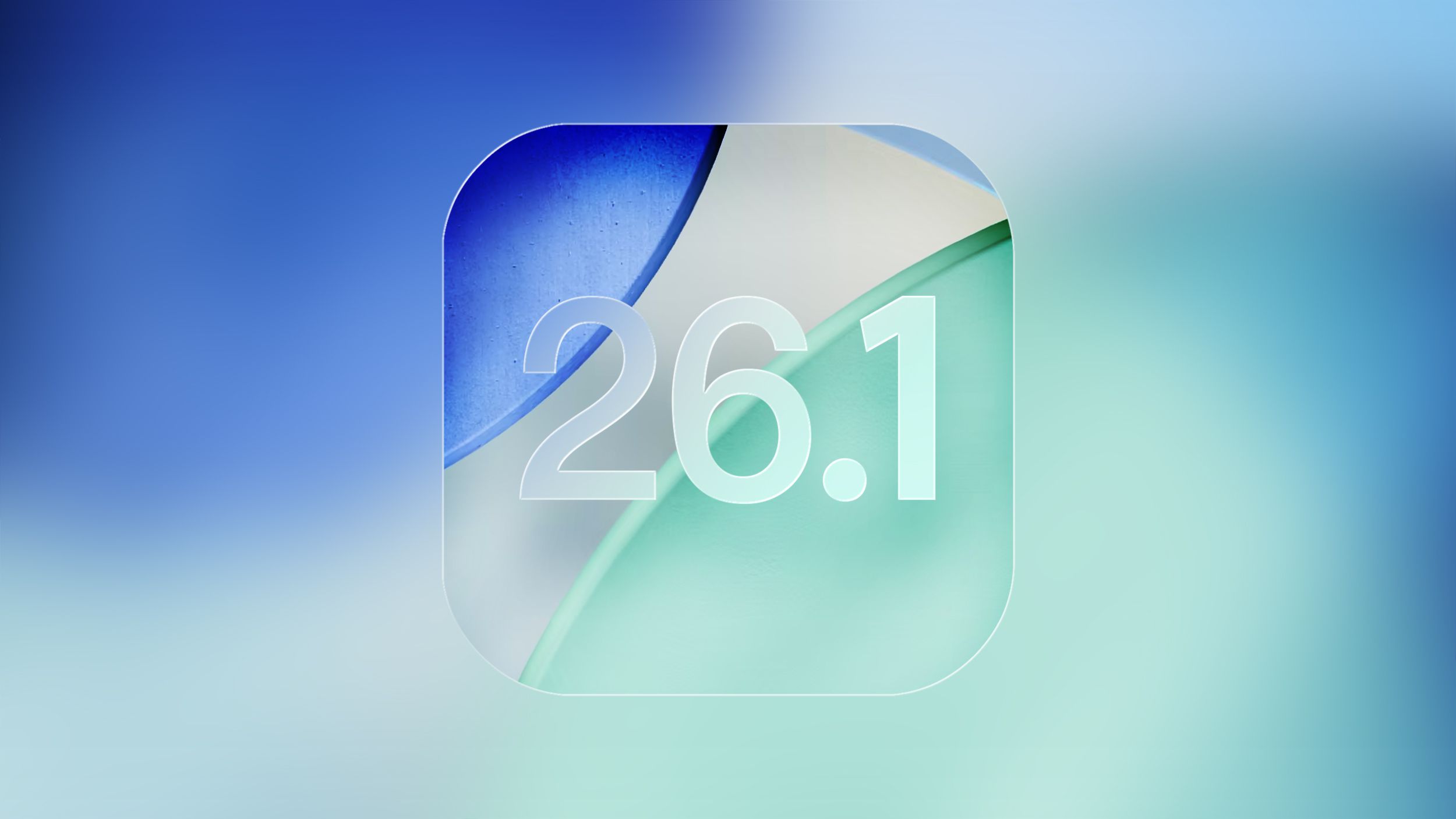Your battery level, the time of day, connecting to a specific Wi-Fi network or Bluetooth device, or getting messages or mail from specific senders are among the list of possible triggers. Whether you’ve got existing Shortcuts or you want to try to build some new ones, it’s worth considering that automating them could save you even more time and effort.
Two-factor autofill in any browser
When it’s possible, you should move on from using SMS messages for two-factor authentication, either to codes generated by an app or to passkeys. But there are still plenty of times when you’ll run into authentication code texts, either because you’re trying to set up an account for the first time, or because the thing you’re trying to log in to doesn’t support anything else.
For those cases, Tahoe adds a handy feature: the ability to autofill these codes from the Messages and Mail apps into any browser, not just Safari. Just like when you use the equivalent feature in Safari or on iOS, you can also have macOS delete these codes for you automatically after using them.
A new disk image format
Not all Mac users interact with disk images regularly, aside from opening them up periodically to install an app or restore an old backup. But among other things, disk images are used by Apple’s Virtualization framework, which makes it relatively simple to run macOS and Linux virtual machines on the platform for testing and other things. But the RAW disk image format used by older macOS versions can come with quite severe performance penalties, even with today’s powerful chips and fast PCI Express-connected SSDs.
Enter the Apple Sparse Image Format, or ASIF. Apple’s developer documentation says that because ASIF images’ “intrinsic structure doesn’t depend on the host file system’s capabilities,” they “transfer more efficiently between hosts or disks.” The upshot is that reading files from and writing files to these images should be a bit closer to your SSD’s native performance (Howard Oakley at The Eclectic Light Company has some testing that suggests significant performance improvements in many cases, though it’s hard to make 1:1 comparisons because testing of the older image formats was also done on older hardware).
Source link

